As I watch this year’s impatiens, vinca and petunias shrivel up and die, this is what I am not thinking: “oh goodie, I get to plant another crop of annuals next spring!” No, I am thinking, “if a stupid tulip can be a perennial, why can’t these come back every year, too, with minimal intervention on my part?”
I am therefore looking forward to plant breeders taking a discovery published online this afternoon in Nature Genetics and later in a print version of the journal and putting it to widespread use. The discovery is that by turning off a mere two genes (out of some 25,000) in the little flowering annual called thale cress (Arabidopsis thaliana), scientists managed to turn it into a perennial.
Annuals, of course, germinate, grow, blossom and die within one growing season. Perennials overwinter and grow again the following year, thanks to buds, bulbs or tubers that contain groups of non-specialized cells (called meristems) that can differentiate into new organs such as stalks and leaves. Annuals lack these overwintering meristems. Instead, they consume all the meristems during the growing season to produce flowers: once the flower appears, the end is nigh for an annual.
Arabidopsis thaliana has become a favorite of geneticists. The complete sequence of its genome was finished in December 2000, so scientists led by Siegbert Melzer and Tom Beeckman of the Flanders Institute for Biotechnology in Ghent, Belgium, exploited that knowledge to the full. They identified two flower-inducing genes (with the less-than-melodious names SUPPRESSOR OF OVEREXPRESSION OF CONSTANS 1 and FRUITFULL; I am not yelling at you, but names of genes are, by convention, capitalized). Both genes also affect whether the meristems differentiate. Using standard techniques, the scientists turned off the two genes and watched what happened.
The mutant Arabidopsis plants couldn’t flower, which is what you’d expect when their flower-making genes are knocked out of commission. But the more tantalizing finding is that the mutants do not use up their supply of non-specialized cells—the meristem. As a consequence, they are able to grow like perennials. The resulting plants were woodier and more shrub-like than regular Arabidopsis. (A natural mutation such as this may well account for the evolution of herbaceous, i.e. non-woody, annuals to woody perennials, namely shrubs and trees.) As the scientists write, disabling the two genes produced plants with “recurrent growth cycles, longevity and extensive woodiness, . . . reminiscent of plants with a perennial life style.”
I call first dibs when the geniuses at Spring Hill, Burpee or other plant nursery or breeder put this discovery to use by giving us perennial pansies, petunias, marigolds, zinnias and all the rest. Then when I see the autumnal decline of my garden, I’ll console myself with the knowledge that they’ll all be back in the spring with little to no help from me.
Prize Truffle
5 years ago









































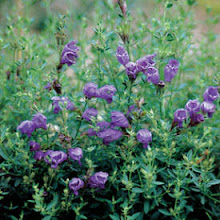
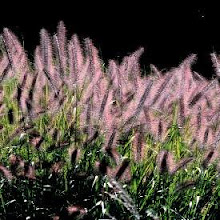

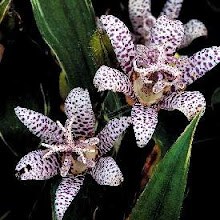


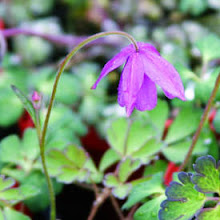


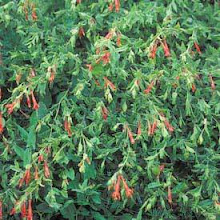
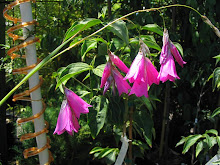





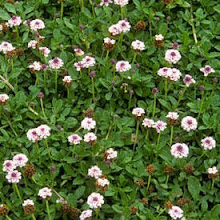
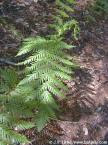









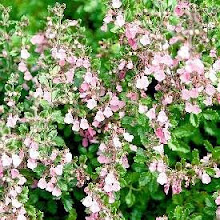

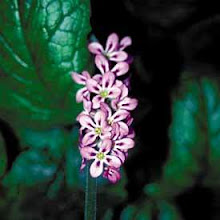

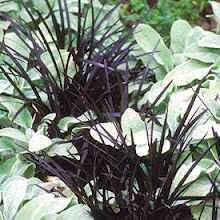


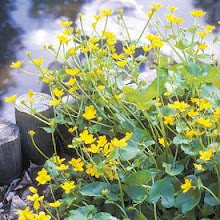









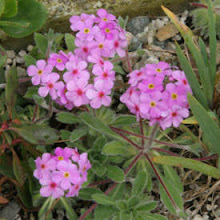





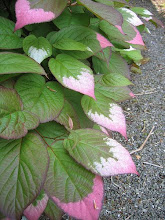
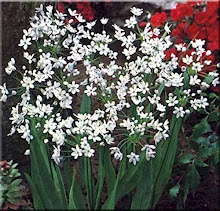
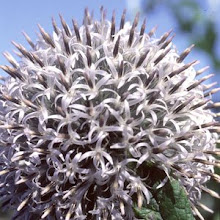



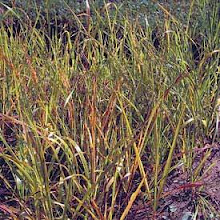

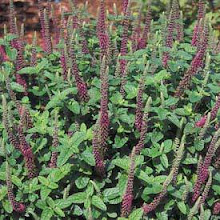













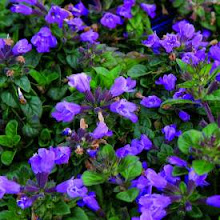
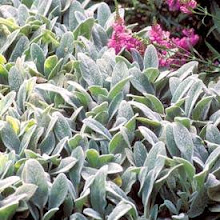

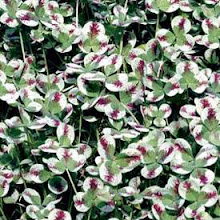


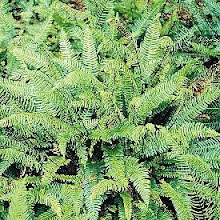

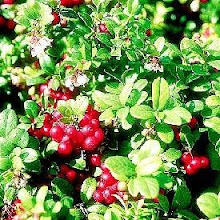



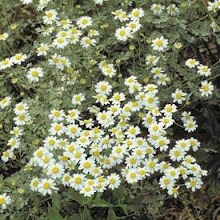
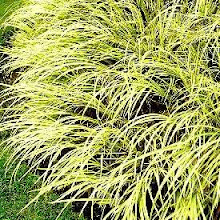










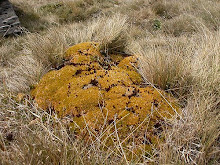
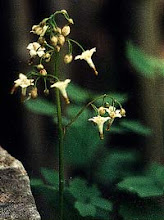


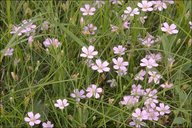

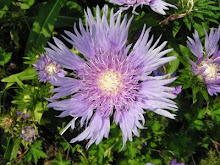












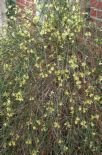








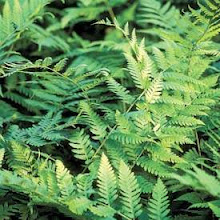


























































































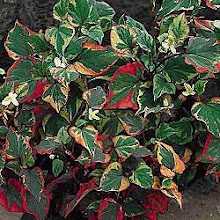




















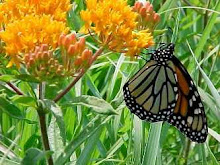


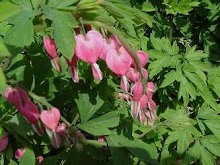






























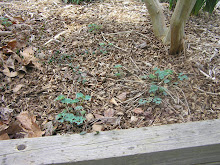











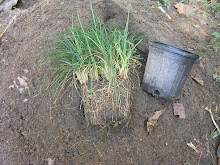

2 comments:
Interesting. :) I personally try to avoid annuals because they are mostly a money pit. I do enjoy the surprise of my perennials as a gift each year. I saw a t-shirt for sale online that said, "Friends Don't let Friends Buy Annuals" I laughed and really considered getting that shirt, because its so true. :) Thanks for the great post.
You are welcome. It interested me how genetics can change things. So are you in Charlotte as well?
Post a Comment